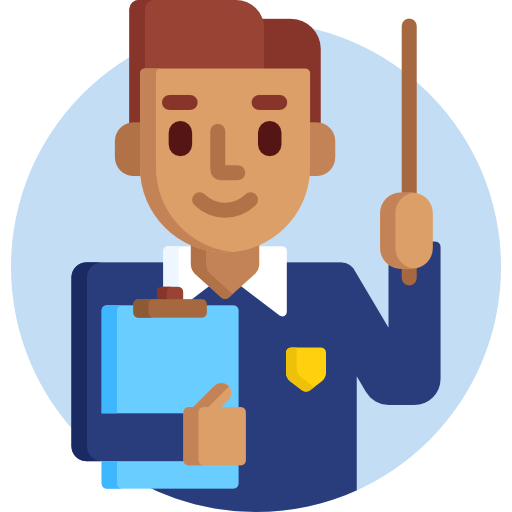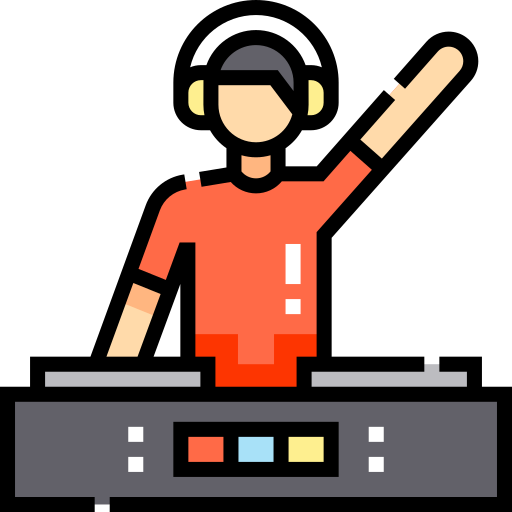Are you a junior high school teacher who's having trouble engaging your students and creating a sense of community in your classroom?
As a junior high school teacher, it's a constant challenge to keep students engaged in their learning environment at this age. Hormones are raging, technology is easily accessible, and all they want to do is fit in.
Creating a positive learning environment in your junior high classroom will help students stay engaged, reduce stress,and develop a love for learning.
 Photo by ThisisEngineering RAEng on Unsplash
Photo by ThisisEngineering RAEng on UnsplashUse these 5 tips to help motivate your students and create a sense of connection among them in the classroom, ultimately leading to higher academic success.
1. Have students work together

One of the best things you can do as a junior high school teacher to create a learning environment with a positive culture is to have students work as a team.
At this age, students are still learning how to interact with each other and work cooperatively as a team. They may need help splitting up workloads and speaking in front of their team.
Collaboration gives your students:
A break from listening to you — and gives you a break from doing all the speaking and teaching.
A chance to learn from their peers, which could be equally as valuable as learning from you.
How can I encourage this in the classroom?
Make ground rules so everyone knows what's expected of them.
Explain how they'll be graded (you can give them a rubric, for example).
Give self and peer assessments at the end to hold them accountable for their work.
2. Encourage participation

Junior high students may tend to be more reserved when participating in class discussions. This is because they might fear saying something "silly" in front of their peers that could discount them from "fitting in" with certain social groups.
You should make sure students feel 100% comfortable expressing their thoughts and opinions in the classroom learning environment. You can do this by paying attention to how you word any questions you ask.
Reframe your Questions
Instead of asking "Does anyone have any questions", ask "What questions do you have regarding this concept/task/project?"
This promotes the idea that they should questions, and doesn't give the students the worry of embarrassing themselves with a question in front of their peers.

Say "Take me through your thought process," instead of "Take me through the answer here."
Your students may not know the answer, but that's not the point. This encourages students to think and share their thoughts on issues/problems, rather than the correct answer.
3. Give your students specific responsibilities

This age is a prime time for junior high students to try things and discover personal interests. Also, teenage social "drama" may distract them from focussing on the learning environment.
This technique involves assigning a task to each student that aligns with their personal talents and interests, making them more engaged and motivated to learn inside the class. Plus, it gives them the chance to see what they like and develop new skills!

Newsletter Writer
Assign this task to someone who loves writing and using pictures and other media.

Podcaster
This is a student or group of students who love to be on the microphone and are willing to learn how to record and edit audio (from you).
DJ
The DJ has a love for music and loves to share information about their favorite artists.
4. Build relationships with your students

Many students at this age may think they know everything. Building relationships with your students helps them trust you, so they ultimately listen to you when you're trying to help them do the right thing.
How can you do this?
Spend 1-1 time with each student in class. Ask them about their weekend or their pet.
Create personalized lessons to meet their academic needs.
Learn your students' names quickly, and greet them by name as they arrive.
You can also let the students get to know you! Give a presentation about yourself at the start of the year. Talk about any cool trips you've done and what you do in your free time.
This gives the students the chance to relate to you and creates conversation starters between you and your class.
5. Give positive reinforcement

Junior high school students tend to adapt their beliefs and behaviors based on the feedback they're given. Giving specific and positive feedback can go a long way towards motivating your students and helping them discover who they are.
You should celebrate the tiniest of wins — not just when they get the right answer. For example. give the class an extra recess if they work together nicely on a task.
Specific Compliments
Giving specific compliments helps students feel noticed, motivates them to keep doing a good job, and lets them know what exactly they should keep doing.
For example, say "Great job on communicating your position in the mock trial today!"
Practice Time!

Mr. Taylor wants to create a more positive learning environment for his junior high school students. Which of these things should he do?
A. Ask each student how their weekend went at the beginning of class on a Monday morning.
B. Give vague feedback by saying "Good job" when a student persevered through a tough assignment.
C. Assign each student a part of the classroom to clean at the end of each day.
D. Have students work individually the whole year.
Quiz
Select all the examples that will help Mr. Taylor build positive relationships with his students:
Take Action

Creating a positive learning environment in your junior high classroom is rewarding, helps with student engagement, and will go a long way toward making each day go smoothly! Take these next actions:
Your feedback matters to us.
This Byte helped me better understand the topic.

